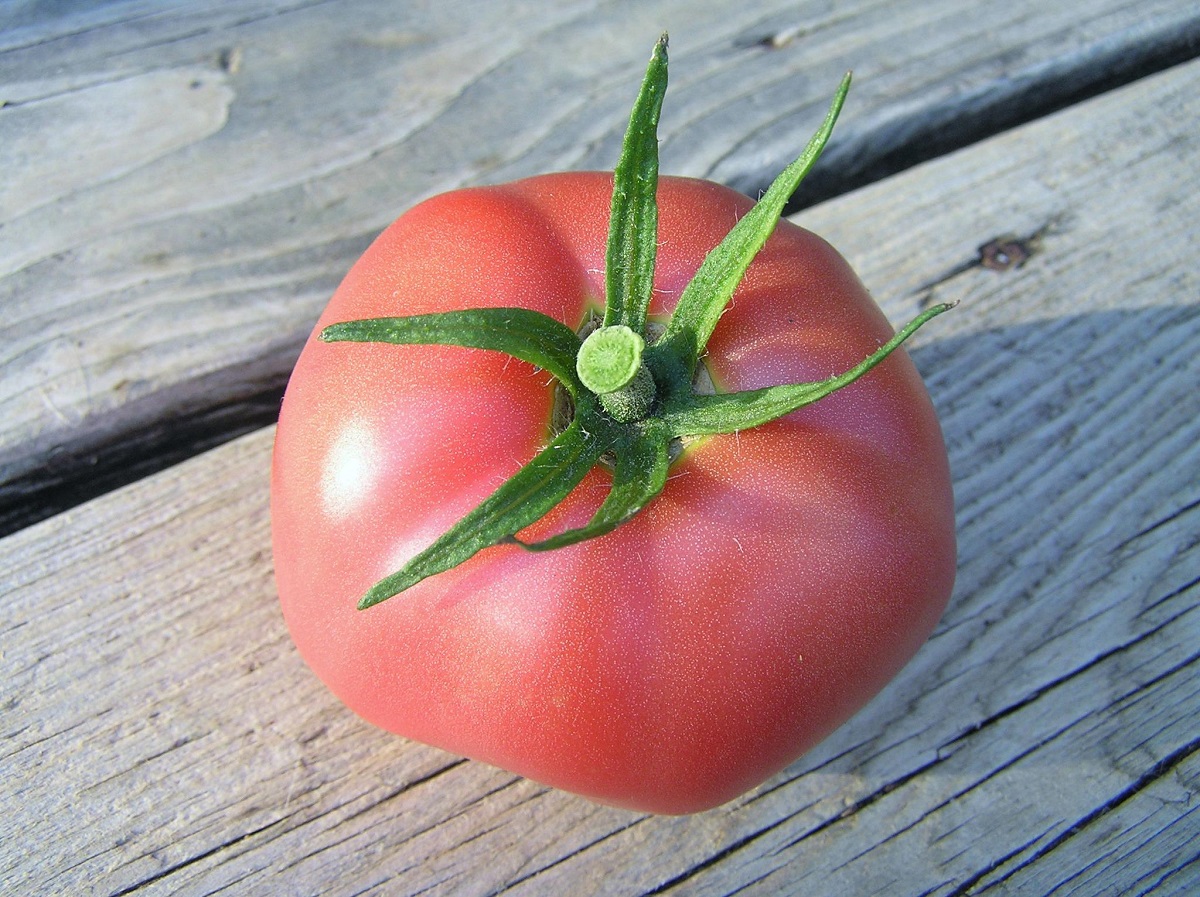Botanical names can be confusing. But a plant’s botanical name is more than just a label—it can tell many things about a plant such as leaf shape, petal color, country of origin and more. Botanical names were usually based on the hypothesis that a plant was related to other similar looking plants with similar names.
But new information has evolved quickly due to DNA sequencing, leading to reclassifications. DNA testing is changing the way we name our plants. For example: The tomato is no longer in the genus Lycopersicon; now it’s a Solanum. The maple family (Aceraceae) is now gone and all maples have been placed in the soapberry family (Sapindaceae). All members of the milkweed family (Asclepiadaceae) are now in the dogbane family (Apocynaceae). Plants that have traditionally been treated as members of the lily family (Liliaceae) are now found in more than ten different plant families, including the agave family (Agavaceae), the asparagus family (Asparagaceae), and the aloe family (Asphodelaceae). The spider plant commonly referred to in the literature and grown in gardens as Cleome spinosa, is, in fact, a different species, C. hassleriana, now known as Tarenaya hhassleriana.
If you get confused, you aren’t alone. The Douglas fir (Pseudotsuga menziesii var. menziesii) has changed 21 times, with a total of 19 different names, in the last 150 years. Patrick Byers says, “In the years that I have worked with elderberry, Sambucus has been placed in 4 different families, species have been lumped together and then split apart, and it is hard to keep up.” Whew!
Katie Steinhoff added that the mission is to connect people with plants in the Springfield Botanical Gardens. “some plants change names because they were mis-identified from the beginning. New varieties or strains from wild populations are discovered. Sometimes it is matching up plants that clearly belong in the same genus, but were identified and classified from different continents.” As an example, the Hawthorn tree is names for our state: Crataegus missouriensi.
In any case, the purpose of the label is not scientific or taxonomic snobbery for our garden, but to provide enough clues for someone who wanted to find out more about that plant could do so based on its name, native range and family.
As our new plant labels are placed into our gardens, please be aware that some names might just be different than previously labeled. We use the names that the Springfield Botanical Gardens and the Extension approves and will follow their lead in documenting and creating these labels so we have uniformity and consistency throughout the parks system.
-The Labeling Committee including Patrick Byers and Katie Steinhoff


